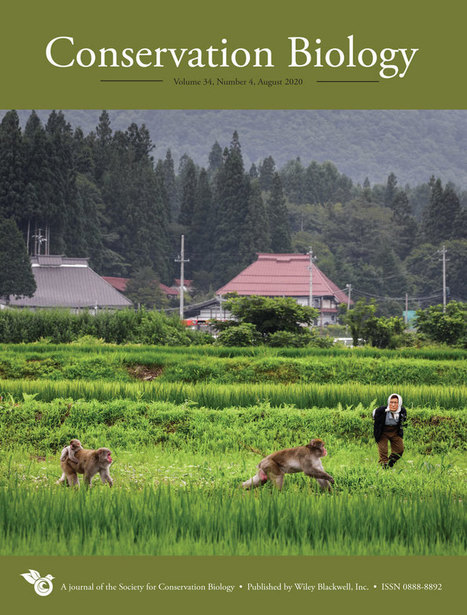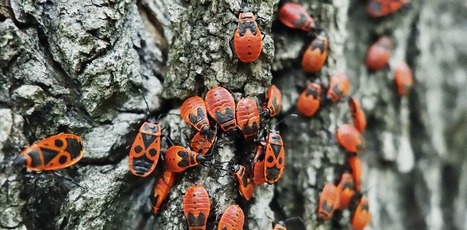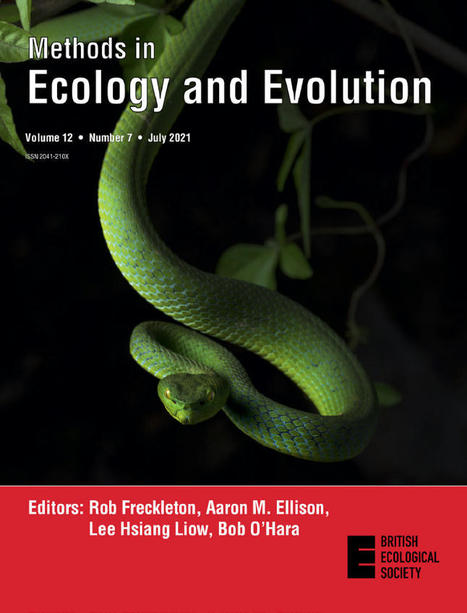Une grande partie d’un débat vieux de plusieurs siècles sur où et comment les nouvelles espèces d’oiseaux se forment a maintenant été résolu. Des chercheurs de l’Université de Copenhague ont fourni des preuves que les oiseaux des zones montagneuses – où vivent la grande majorité des espèces de la planète – ont quitté les habitats des basses terres pour des altitudes de montagne de plus en plus élevées tout au long de leur évolution.
Research and publish the best content.
Get Started for FREE
Sign up with Facebook Sign up with X
I don't have a Facebook or a X account
Already have an account: Login
Revue de presse et du net par le Pôle de partage des connaissances S&T de l'Office français de la biodiversité
Curated by
DocBiodiv
 Your new post is loading... Your new post is loading...
 Your new post is loading... Your new post is loading...

DocBiodiv's curator insight,
August 13, 2020 4:30 AM
Peters, A., Meredith, A., Skerratt, L., Carver, S. and Raidal, S. (2020), Infectious disease and emergency conservation interventions. Conservation Biology, 34: 784-785. doi:10.1111/cobi.13558 Cet article revient sur les réactions d'urgences, interventions de protection de la nature, en situation de catastrophes telles que les feus géants en Australie l'été dernier, et leurs éventuels impacts négatifs. |
|


















Lire sur le site du Musée d’histoire naturelle du Danemark "A new study from the Natural History Museum of Denmark changes the researchers' understanding of how new species form and how we best preserve rare and endangered species in the future.' https://snm.ku.dk/english/news/all_news/2022/new-study-maps-how-new-bird-species-are-formed-in-new-guinea/
Article publié dans Communication Nature Pujolar, J.M., Blom, M.P.K., Reeve, A.H. et al. The formation of avian montane diversity across barriers and along elevational gradients. Nat Commun 13, 268 (2022). https://doi.org/10.1038/s41467-021-27858-5